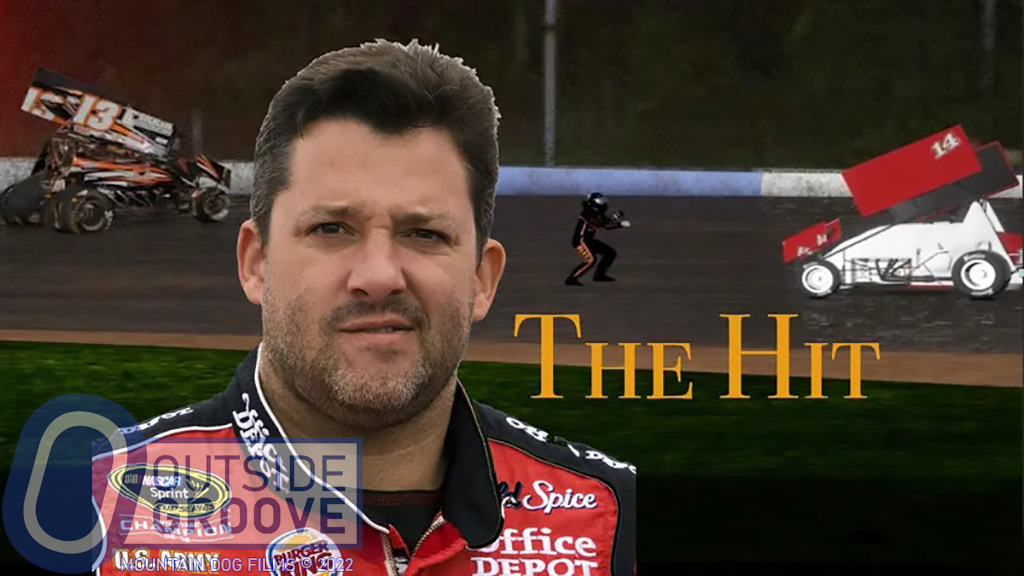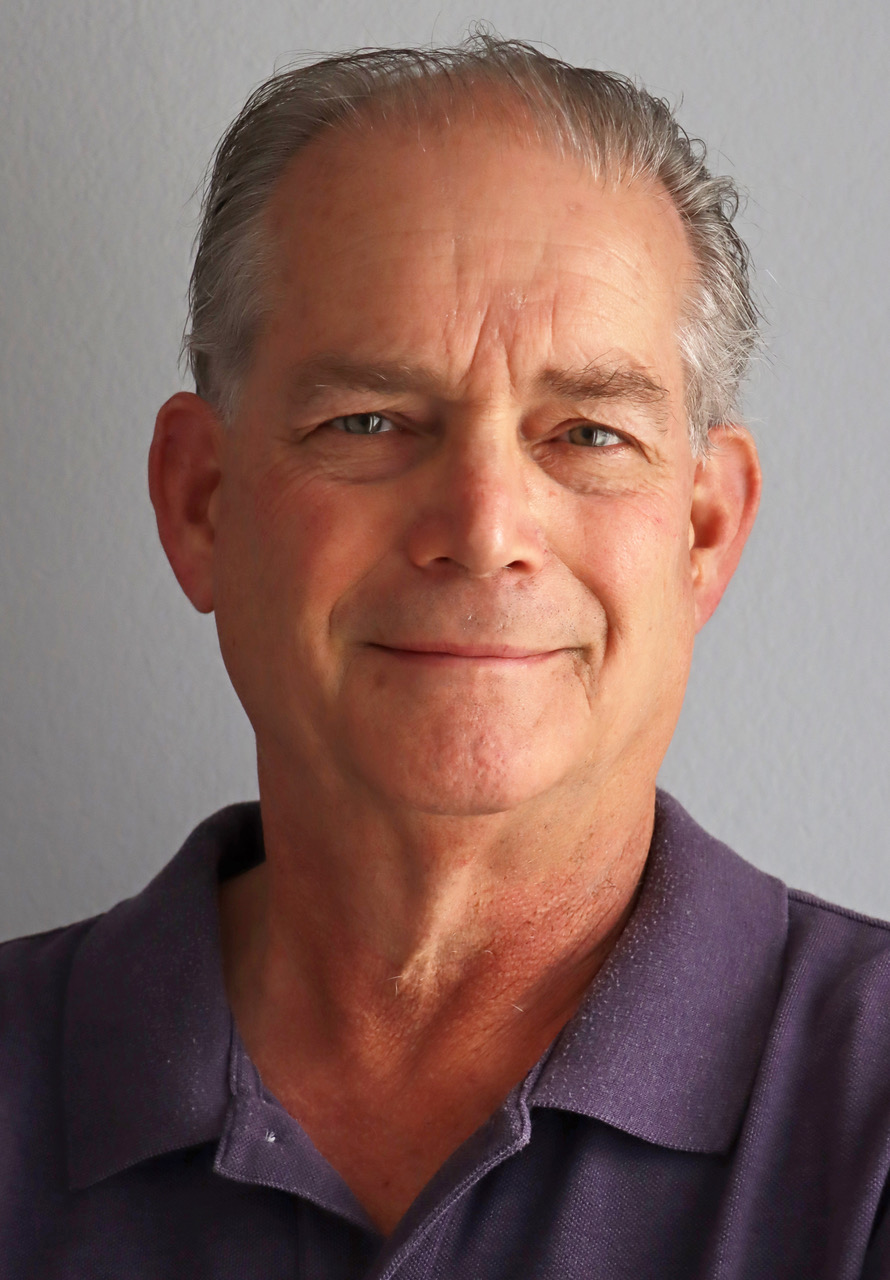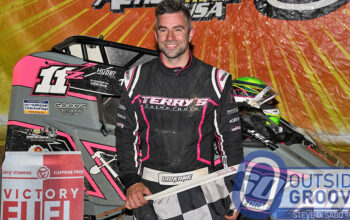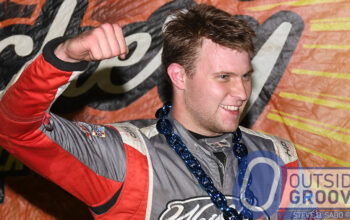“The Hit” premiered last weekend during the D.C. Independent Film Forum (DCIFF), where it took first place in the “Best of Metro DC” category. The documentary investigates the August 2014 incident that took the life of Kevin Ward Jr., 20, when the sprint car driven by Tony Stewart had struck him.
The Premise Behind “The Hit”
The film, which features the work of several forensic scientists, examines the investigation of the accident at the Canandaigua Motorsports Park (now known as Land of Legends Raceway) in New York. The scientists used videogrammetry to recreate the incident by combining video footage from several cameras. Those videos created three-dimensional coordinates from millions of reference points on the track surface to help determine the physics behind what had occurred.
In addition to the videogrammetry, “The Hit” also contains never-before-seen video depositions from eyewitnesses, including Jessica Friesen (née Zemken), Chuck Hebing, and Tony Stewart. The film also has additional interviews with Denny Peebles, Danny Varin, and the Ward family.
Monte Dutton, 2003 Eastern Motorsports Press Association (EMPA) Writer of the Year and 2008 National Motorsports Press Association (NMPA) Writer of the Year, provides additional commentary. He explains the racer’s mindset and the basics of racing so the general public can understand the sport’s nuances.
Award-winning investigative reporter Chris Halsne directed the film. He co-produced it with another award-winning investigative reporter, Brian Collister. Together, they assembled a team of professionals to carry out the project.
“Those who worked on [the film] worked for deferred compensation,” said Halsne. “It is common to work for free on a documentary film. If cost is recouped, the money is shared accordingly.”
The Impetus Behind the Film
Halsne began work on the documentary while in between jobs. He had just left his job as an investigative reporter at Fox 31 in Denver, Colorado. Halsne was set to start his current job as first Investigative Broadcaster in Residence at American University in Washington, D.C.
“I wasn’t aware of videogrammetry until Knott Laboratory [in Centennial, Colorado,] did a presentation about it in the summer of 2019 at the National [Academy] of Forensic Engineers [conference],” Halsne said. “I attended the conference looking for investigative stories to work on. The presentation of the [Stewart-Ward] investigation got my attention. It won first place for forensic investigation at that conference.”
Halsne said he recognized the significance of the investigation and decided to make a documentary film.
“It would appeal to a much wider audience than just racers at Canandaigua Motorsports Park,” said Halsne. “We are looking at the small-town justice system present in so many places in the United States. We are incorporating people who know nothing about racing into the subculture of sprint car racing.”
Goals of “The Hit”
Halsne defended his motives for the project.
“There is nothing nefarious about this — it is the opposite,” Halsne said. “We’re looking to understand what happened that day.”
Halsne spent three years investigating Ward’s fatality. He sold a pickup truck he owned to finance travel expenses to make the film.
“Covid set us back a year, but it helped me as an investigative reporter to keep digging up files,” said Halsne. “Research for this project became much more thorough. We did not want to make any assumptions from the smattering of news coverage. Our goal was to see what happened in a clinical way. We would re-interview everyone who would talk with us, taking it back to square one.”
The Ward Family’s Perspective
Halsne spent eight hours doing interviews at the Ward family’s home in Port Leyden, New York. Kevin and Pam Ward, and their three daughters, went on camera. The film contains video and photo coverage of Kevin Ward Jr.’s career in racing, spanning from his birth to until that fateful night in Canandaigua.
“I got a call from Chris [Halsne] one day, and he and his team wanted to know if we would be interested in letting them do a documentary on my son Kevin,” said Ward’s father, Kevin Sr. “I have absolutely nothing to do with the financing of it. My family just wanted Kevin’s story told.”
Although seven years have passed since Ward’s death, his room remains as it was the day he died. His trophies, large checks, and memorabilia still line his shop.
Fallout from the Racing Community
The Wards sued Tony Stewart in 2016.
“[Pam and I] went to every deposition — all over the country,” the elder Ward said. “When the attorneys said the case was going nowhere and we had to give up, we cried for 24 hours straight.”
Kevin Sr. said they were heavily bashed on the Internet due to their lawsuit.
“Tony lovers told so many lies on the Internet,” said Ward Sr. “First and foremost, we didn’t need any of Tony’s money. I have a multi-million-dollar business. We just wanted a fair investigation. Our son was attacked for marijuana use. Tony’s blood was never taken during the investigation, but Kevin’s was.”
The documentary addresses the toxicology report done on Ward’s body 39 hours after his death. It found THC present, the psychoactive constituent of marijuana. His father defended Ward’s recreational use of marijuana. He added that he was with his son throughout the day as they traveled from Canada and did not witness him smoking marijuana.
In the movie, toxicologist Dr. Michael Holland explained how the post-mortem length of time and the settling of blood in the body affects toxicology levels, resulting in higher readings.
Kevin Ward and Pam Ward are now separated. Ward Sr. said stresses from their son’s death and the controversy surround it took a toll on their relationship. Pam Ward no longer goes to the races. Kevin Ward Sr. still remains active in the sport. He fields four cars and sponsors several drivers that compete in series such as the Lucas Oil Empire Super Sprints, Patriot Sprint Tour, and United Racing Club (URC).
The Science Behind “The Hit”
The Ward family contacted Rochester Institute of Technology (RIT) professor Martin Gordon to serve as an expert witness in the civil lawsuit they had filed.
“My work was done for the civil trial,” Gordon said. “In the criminal case, the local police did not have the same tools that engineers do. The Ontario County Sheriff’s department … did not have the resources they needed for a proper investigation. They relied on what Stewart claimed. If the New York State Police, which has forensic capability, took the lead in the investigation, things may have come out differently.”
The documentary shows Stewart’s statement to Deputy Michael Rago. It consisted of 57 words filling a half of a typewritten page. The film also features Ontario County Sheriff Phil Povero’s news conferences. In addition, “The Hit” contains two recorded depositions in which Stewart describes in his own words what happened that night.
Gordon reached out to his colleagues at Knott Laboratory, where Dr. Richard Ziernicki helped with videogrammetry.
“We used dynamic analysis,” said Gordon. “We did the reverse of making an animated movie, starting with the video, working backward to the laws of physics — time, position, and velocity-acceleration.”
The film shows the videogrammetry and clips of video recreations by Gordon and Knott Laboratory. Gordon said he even drove a sprint car to further understand the physics of racing.
“Dr. Ziernicki did a precise job in analyzing the very high-quality videos that we had,” Gordon said. “Their video analysis was then applied to our forensic engineering analysis. They provided the data that allowed me to come to my conclusion that how a sprint car moves is controlled by physics. What Stewart claimed early on was not possible because it broke the laws of physics.”
Aftermath
We reached out to Tony Stewart for comment on “The Hit.” The response was, “A representative for Stewart declined comment,” asking that we publish those words, as written here.
A grand jury found no basis to charge Tony Stewart with any crimes. The film mentions that five-year statute of limitations for trying Stewart criminally may have run out.
“The statute of limitations is not impacted by any newly discovered evidence and the expiration of the statute is an absolute bar to prosecution,” said Ontario County District Attorney James Ritts.
Halsne said he did not seek to affect the result of the criminal case.
“We were looking to document a dark day in sports history,” Halsne said. “We are not activists — we are journalists. The public gets to get the full story. The Wards get to tell how this case has affected their lives. We have no additional agenda.”
Instead, Halsne added that he hoped that law enforcement agencies would learn about the techniques used in “The Hit.”
“One thing could be changed by its findings is how the Ontario County Sheriff’s department and law enforcement could better use the technology available to solve cases,” said Halsne. “Knott Laboratory shows that there is inexpensive technology that could make big changes in accident reconstruction and police shooting reconstruction. That is the only change I could hope the film will make.”
Currently, the documentary can only be seen at film festivals. However, it should become available to the general public once it makes its rounds at those events.
“Documentary filmmakers first go on the film festival circuit — we have just started,” Halsne said. “In the next few months that is all we are doing — film festivals. The film festivals require that the films be not publicly available. We will then talk with people interested in acquiring documentaries — both networks and streaming [services]. The film should be readily available shortly.”
Mike Adaskaveg has written hundreds of stories since the website’s inception. This year marks his 54th year of covering auto racing. Adaskaveg got his start working for track photographer Lloyd Burnham at Connecticut’s Stafford Motor Speedway in 1970. Since then, he’s been a columnist, writer, and photographer, in racing and in mainstream media, for several outlets, including the Journal Inquirer, Boston Herald, Stock Car Racing, and Speedway Illustrated. Among Adaskaveg’s many awards are the 1992 Eastern Motorsport Press Association (EMPA) Ace Lane Photographer of the Year and the 2019 National Motorsports Press Association (NMPA) George Cunningham Writer of the Year.





